By Christopher Miskimon
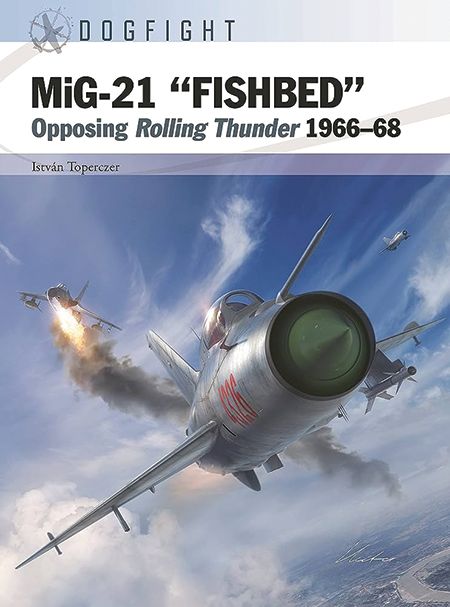 The MiG-21 served as the primary fighter of the Soviet Bloc during the 1960s. During the Vietnam War the Soviet Union distributed this inexpensive, durable interceptor to North Vietnam and trained hundreds of its pilots. In 1966, the MiG-21s first saw combat against American airstrikes aimed at North Vietnam under the umbrella name Operation Rolling Thunder. The MiG-21 flew alongside the older MiG-17 and soon pilots of each were cooperating against incoming American attacks. The plane was armed with a 30mm cannon and two heat-seeking R3S missiles, Soviet copies of the American AIM-9 Sidewinder. The US F-4 Phantom was the opposing fighter most often acting against the MiG-21 in the air-to-air role. A combination of aggressive American tactics and North Vietnamese inexperience caused heavy casualties in planes and pilots, but over time the Vietnamese developed new tactics and ground control techniques which allowed them to achieve greater success.
The MiG-21 served as the primary fighter of the Soviet Bloc during the 1960s. During the Vietnam War the Soviet Union distributed this inexpensive, durable interceptor to North Vietnam and trained hundreds of its pilots. In 1966, the MiG-21s first saw combat against American airstrikes aimed at North Vietnam under the umbrella name Operation Rolling Thunder. The MiG-21 flew alongside the older MiG-17 and soon pilots of each were cooperating against incoming American attacks. The plane was armed with a 30mm cannon and two heat-seeking R3S missiles, Soviet copies of the American AIM-9 Sidewinder. The US F-4 Phantom was the opposing fighter most often acting against the MiG-21 in the air-to-air role. A combination of aggressive American tactics and North Vietnamese inexperience caused heavy casualties in planes and pilots, but over time the Vietnamese developed new tactics and ground control techniques which allowed them to achieve greater success.
This is the author’s fifth book on the North Vietnamese Air Force and his expertise shows in this latest work. It is a very thorough look at the MiG-21’s service and effectiveness in the first few years of the air war. The original artwork is excellent and the photographs are rarely seen items from Vietnamese air force archives. The book provides an interesting look at the air war over Vietnam from a new perspective few Western readers will likely have seen.
Dogfight: Mig-21 “Fishbed” Opposing Operation Rolling Thunder 1966-68 (István Toperczer, Osprey Publishing, Oxford UK, 2023, 80 pp., maps, photographs, bibliography, index, $23, SC)
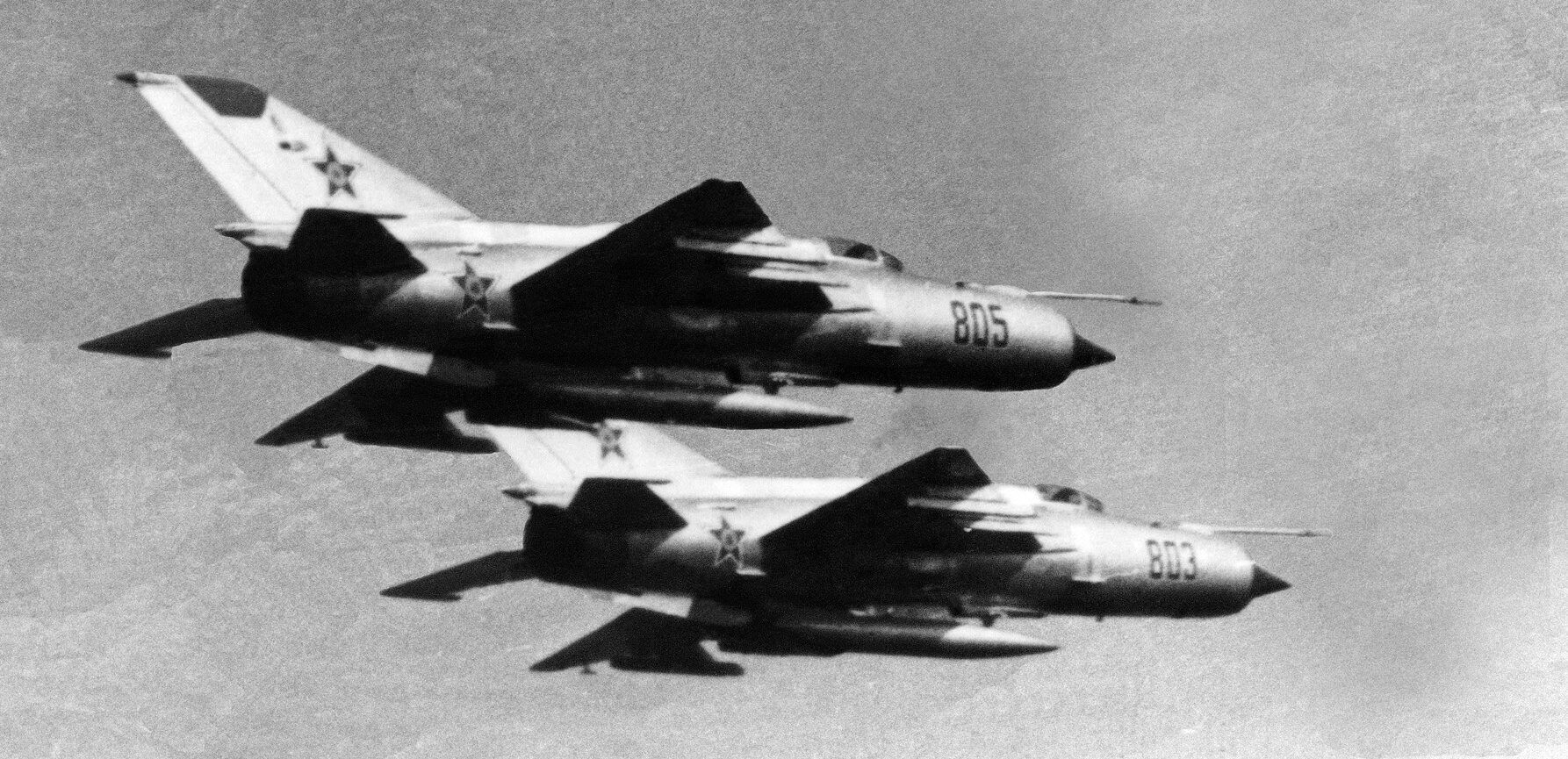

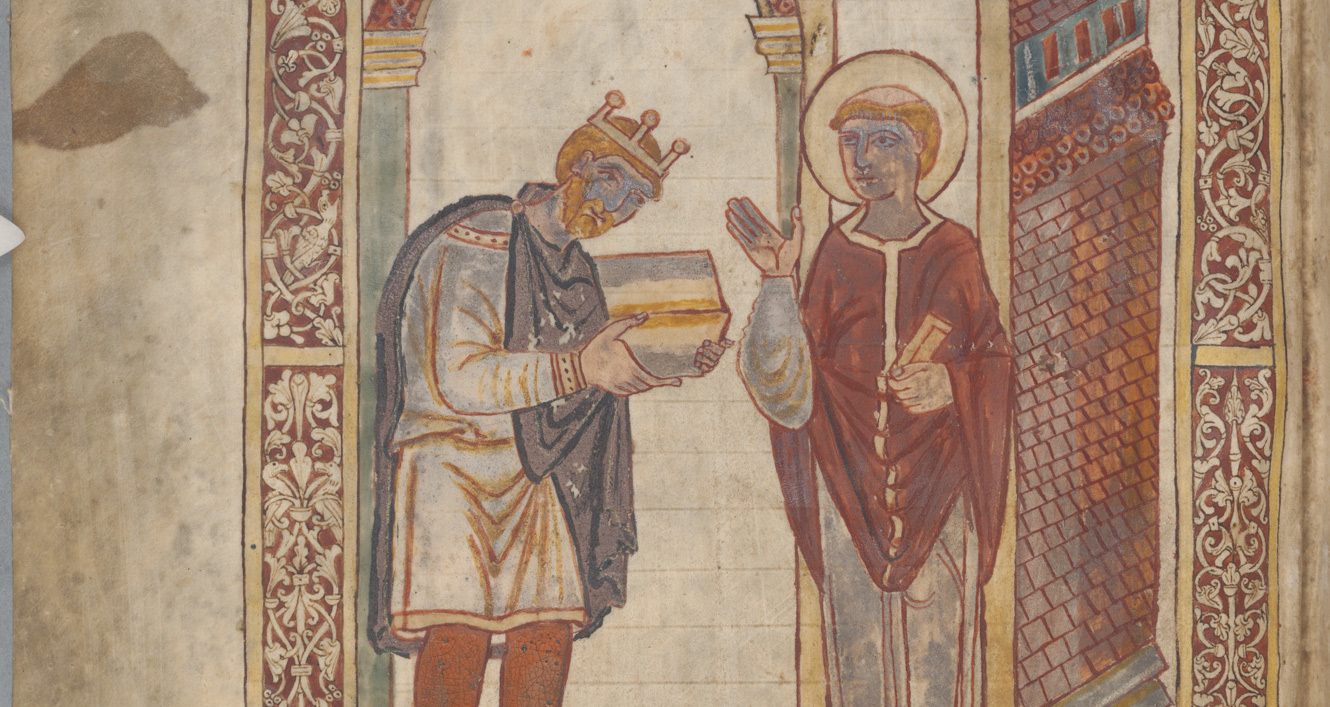

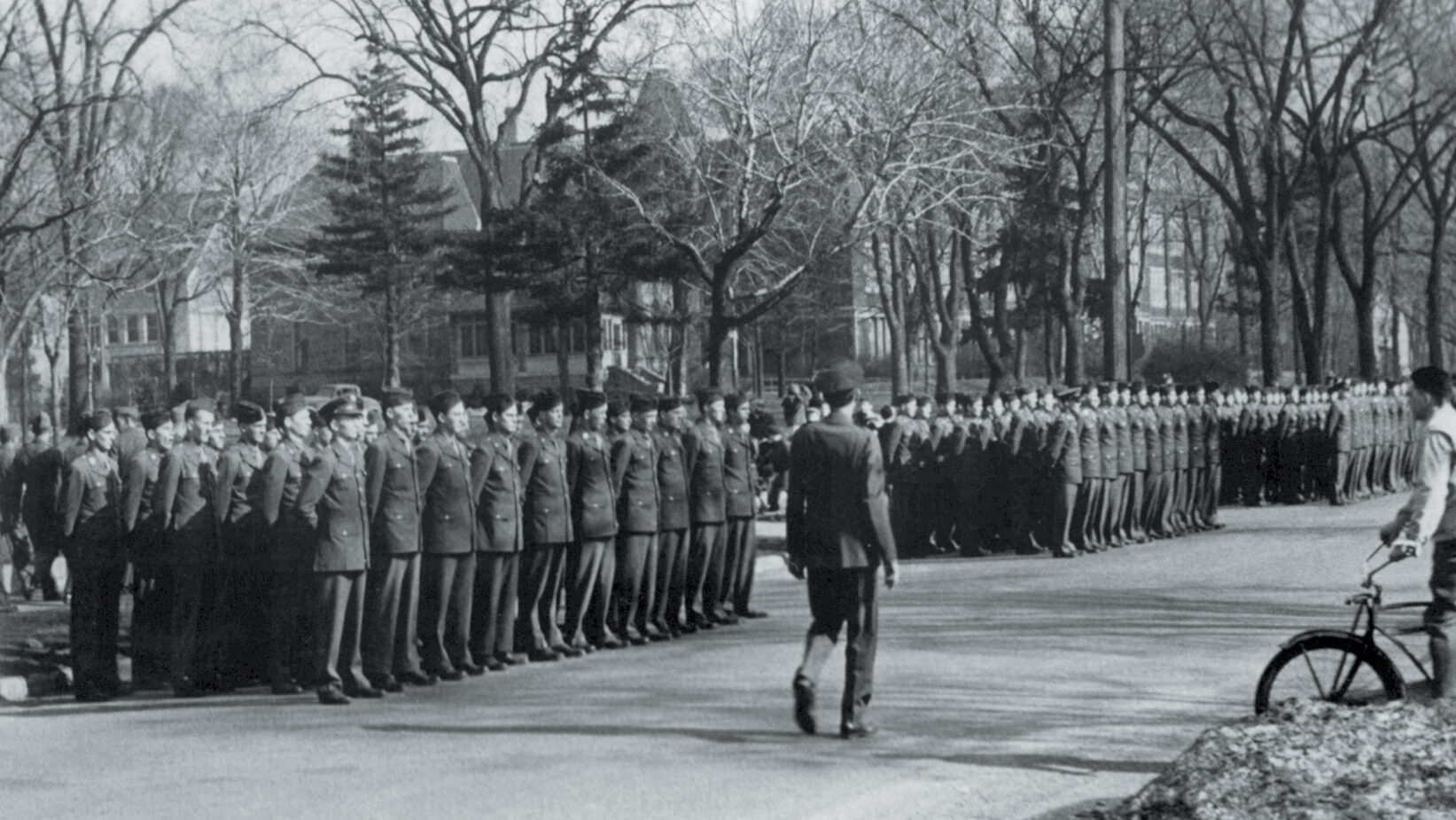
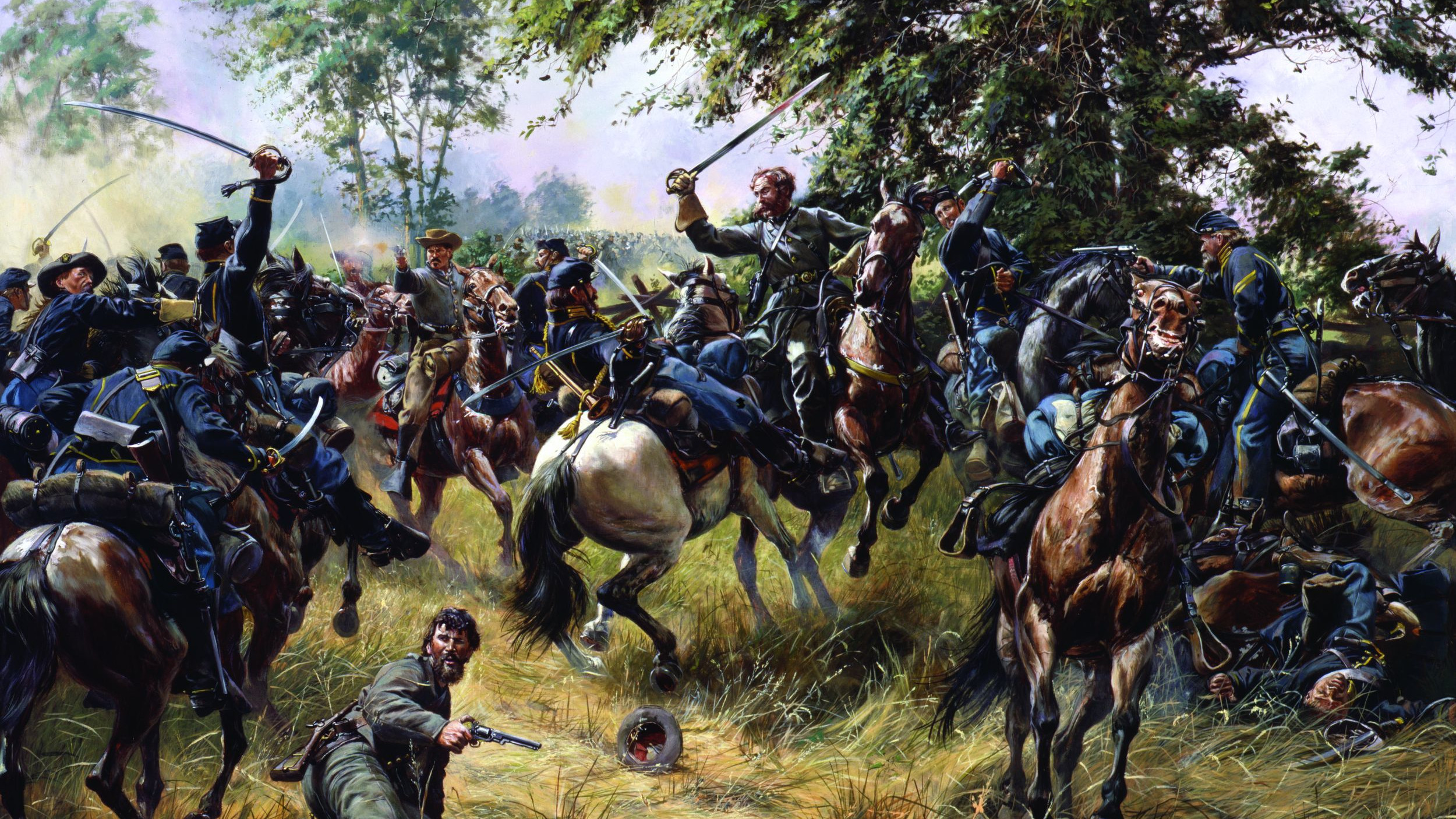
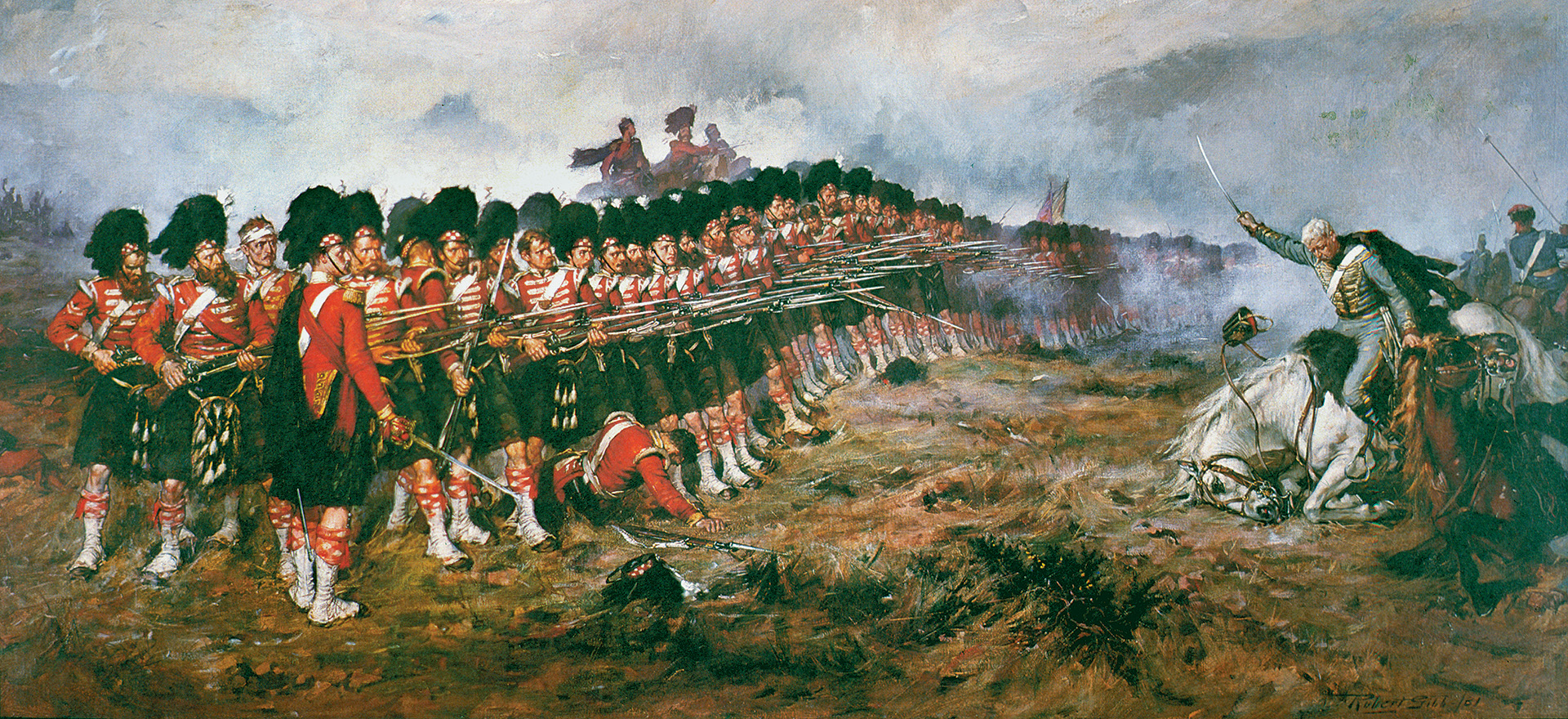
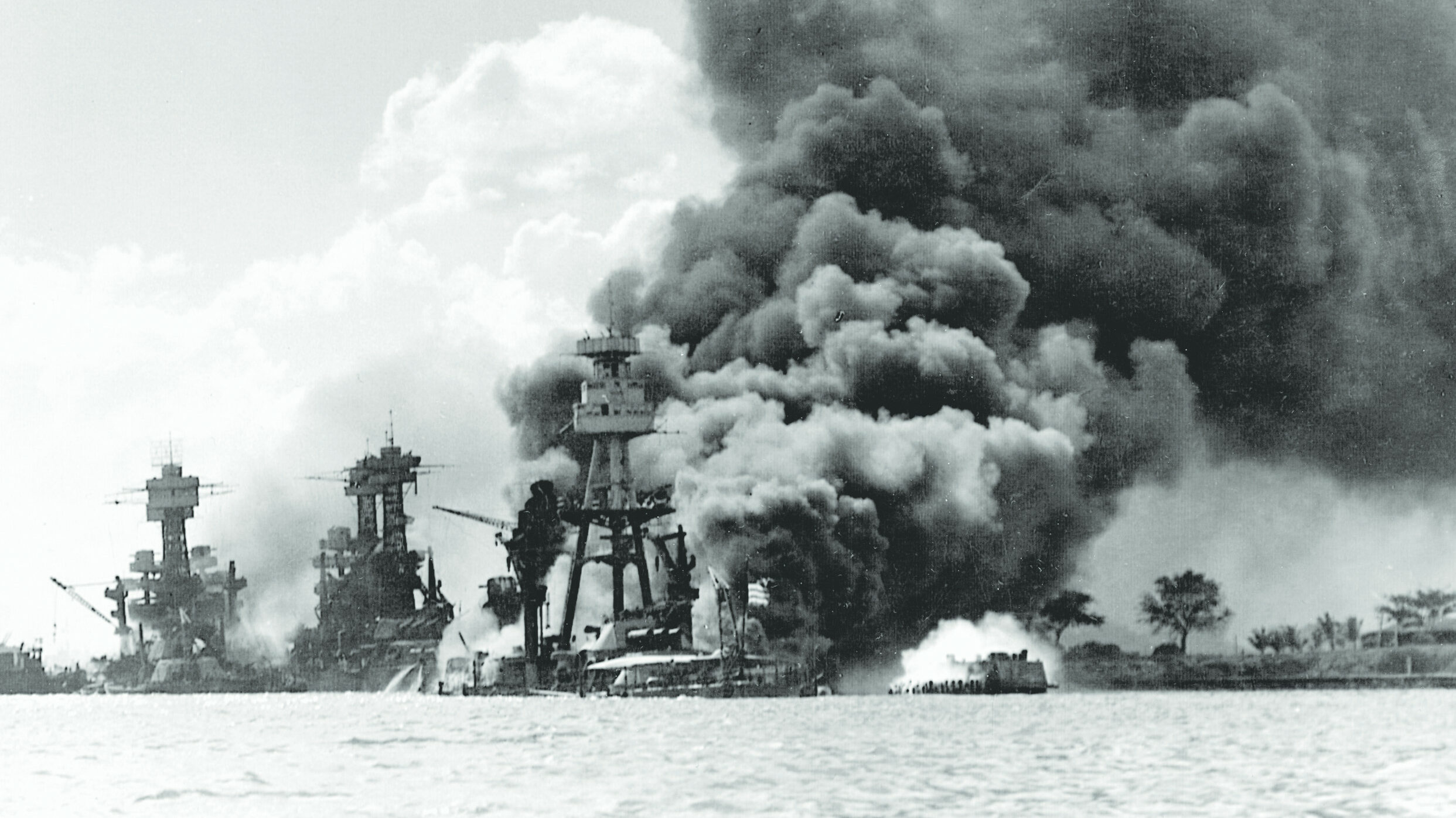
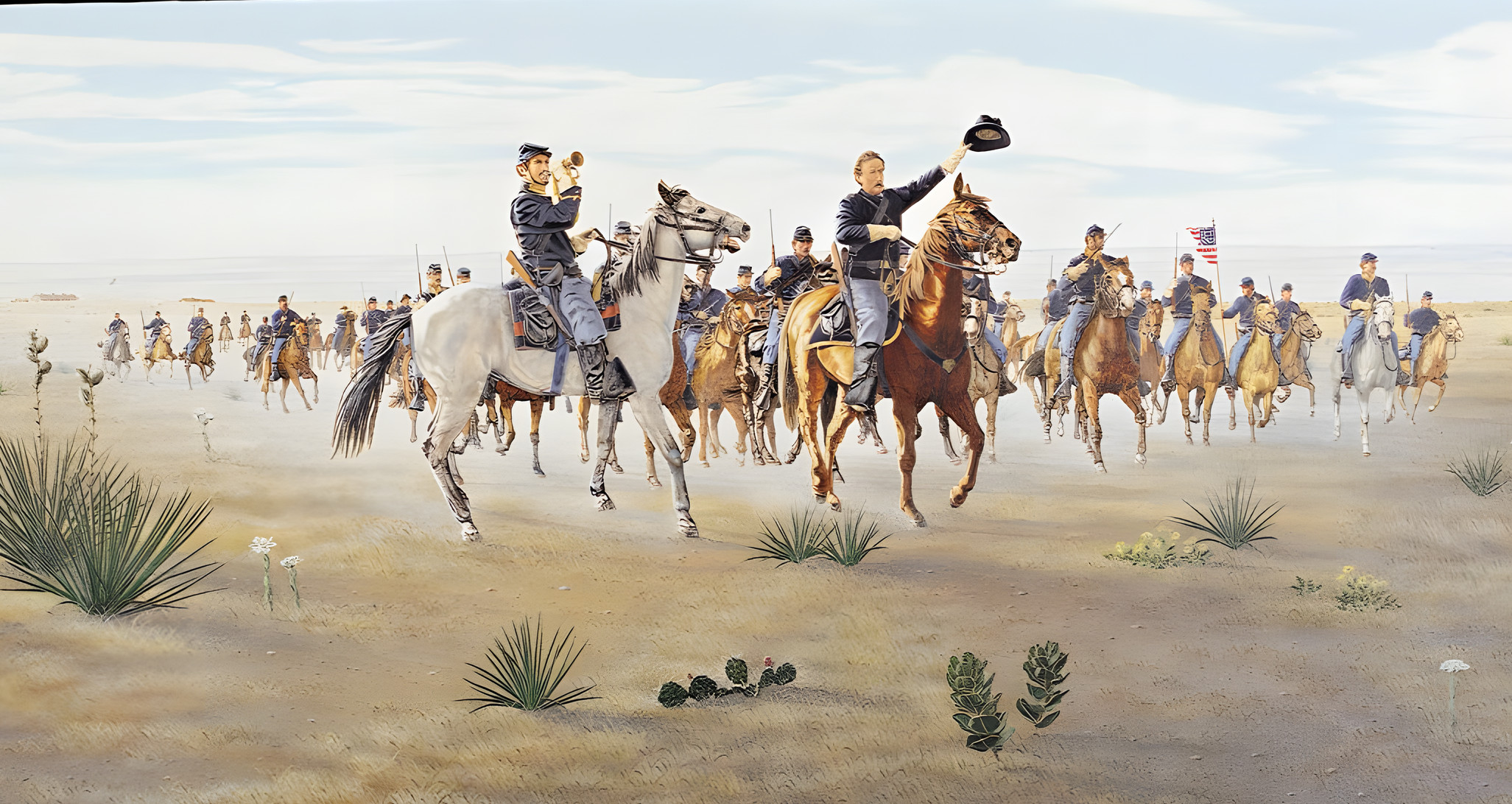
Join The Conversation
Comments
View All Comments